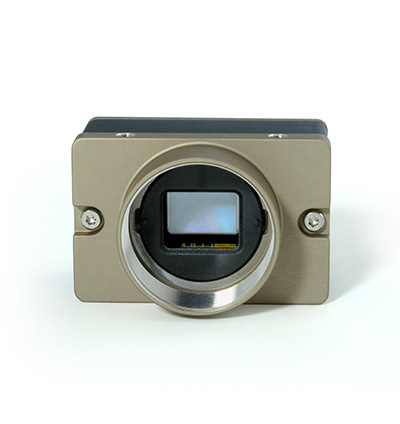
CCD sensors were invented in the 70s and for a long time they were the obvious choice for anybody in need of high-quality imaging. CMOS sensors were largely confined to consumer photography.
Vision systems with CCD sensors are sensitive to light and provide high-quality images with very little noise. In the 90s, CMOS cameras started gaining popularity due to their advances in light sensitivity and image noise, but still couldn’t compete with the high-end CCD models.
Now, however, CMOS systems have evolved and provide comparable quality to CCD systems.
The New and Improved CMOS Model
The Dalsa Genie Nano M4030 is a prime example of the new, high-performance CMOS camera. It uses Sony’s innovative CMOS IMX267 with a resolution of 4112 x 2176. It captures images at a rate of 27 fps.
The Dalsa Genie Nano M4030 produces high-quality images, comparable to those produced by CCD cameras. But with this CMOS system, you’ll also get a simple design, shorter design cycles, increased energy efficiency, minimal image noise, and, most importantly, lower price points.
Today, CMOS cameras can provide similar quality to CCD cameras, with several operational benefits, all at a much lower price.
The Dalsa Genie Nano M4030 is priced around $500. A CCD camera may cost $2,500 - $5,000 or even higher.
Price is an important consideration when creating a vision system for industrial or scientific applications. With the increasing performance and low cost of CMOS cameras, they are quickly becoming a popular choice for high-end vision systems.
Learn more about the technical features of the Dalsa Genie Nano M4030, or view a wide array of CMOS cameras.
